2024 Lotus Emeya | PH Review
The hyper GT has arrived in Europe. Can Lotus live up to the billing...

Is there a more hotly contested or hard-to-quantify commodity than the ‘soul’ of a car company? Manufacturers, particularly those lucky enough to have long and well-regarded histories, agonise over it like a man asked to compose his own wedding vows - especially when straining to make it fit a new and often contradictory business case. For brands with a performance-based legacy, this happens all the time in minor ways. And occasionally in major ways, too. It did with the advent of SUVs. And again with hybrids. And now EVs. Some make it look easy; others not so much.
Lotus, it must be said, has it tougher than most. Perhaps too much is made of its founder’s obsession with the advantages of low weight - Chapman was a pioneer in several other ways, as well, and famously ruthless - but there’s no question that prodigious success in motorsport and many subsequent decades of elfin, quick-to-turn sports cars has left a deep mark on multiple generations of buyers. Not least because the long-running and semi-obsolete Lotus proved itself incapable of doing anything else.
New Lotus is absolutely not like that. Its outlook, ambition and capabilities have been turbocharged not just by Geely’s investment, but also by its expertise and impatience. Its approach, you can be sure, has provoked the ire of some internally - and the external response by those who feel like they know a Lotus when they see it (which is all of us) is well-documented. But by simultaneously upgrading its existing sports car for the medium term and committing to a flotilla of galleon-sized, Chinese-built EVs, Lotus’s guardian probably feels like it can both have its cake and eat it.


In a perfect world, this conceptual faultline would've proved easier to span. Had the Emira been near-perfect and its rollout faultless, many perceived faults elsewhere might’ve been papered over. Similarly, had its new EVs been smaller and nimbler and more cutely positioned, they might’ve been easier to accept. But the Emira was fumbled at the production goal line and all its EVs are brazenly planet-sized. Old and new Lotus gelled together about as well as Indiana Jones movies.
This much seemed obvious to any casual observer, and Lotus has probably not helped itself by continually groping at the past like an Anglo-Chinese version of Rick Astley. The presence of German-sourced four-seat heritage cars at the Emeya launch did it no particular favour: sure, Chapman was not averse to the idea of cars with more than two doors, but you’d like to think he would have blanched at a battery-powered grand tourer that looks heavy sided from many angles and truly satisfying from none.
Of course, the newcomer is defined in many respects by what lies underneath. It shares its platform and virtually all its hardware with the earlier, SUV-shaped Eletre, which is expected to remain the bestseller by some distance. This isn’t to suggest that Lotus hasn’t adapted the formula: to accommodate a sleeker roofline and a lower hip point, it has repackaged the platform’s battery cells, making the casing 20mm thinner and relocating the cooling plates to the sides rather than underneath. The grand tourer’s wheelbase is 50mm longer, too, which helps with the car’s proportions, and allows its rear occupants a modest amount of adjustable recline.


By any measure, this makes them very well catered for. It is easy to get carried away when comparing the Emeya to the Porsche Taycan - in fact, it was benchmarked against the larger Panamera - but in terms of physical space, there is only one winner. It is so flamboyantly roomy that an exponent of old Lotus values might question the need for so much legroom. But new Lotus is less preoccupied with performance than it is with perceived luxury and the Emeya is certainly a standard bearer for both its fixation with rear-seat comfort and the kind of soft-touch, knurled-for-your-pleasure tactility that buyers expect from an upmarket grand tourer. Spartan it ain’t.
We’ll spare you the firm’s contention that sustainability and the ‘philosophy of lightness’ are guiding principles inside (as ever, carbon fibre switchgear does not a light car make) but it is undeniably pleasant to sit in. Quite literally because the seats are excellent. Still mounted too high, mind (even though you’re 70mm nearer the ground than in the Eletre) yet exceptionally comfortable. And while its hard to love a car that compresses its instrument cluster to a slit trench while exhorting the value of another do-it-all 15.1-inch touchscreen - or lops the top and bottom from its steering wheel - there is a sense that its maker has achieved the ambience it was targeting. It stops short of ostentatious; it is palatially good at seating four.
Needless to say, it calls to mind no previous Lotus ever (save the Eletre) and the design ethos is more spa break than Spa-Francorchamps, but, as Mike called out previously when driving the SUV, no pre-Geely Lotus was ever put together so well. The fit and finish might not rival the level of artisanship found in much more expensive grand tourers - and the shallow boot looks significantly smaller than its claimed 509 litres - yet this is precisely the kind of practical, well-assembled luxury car that Hethel could not conceivably have built on its own. Or not in this decade at any rate.

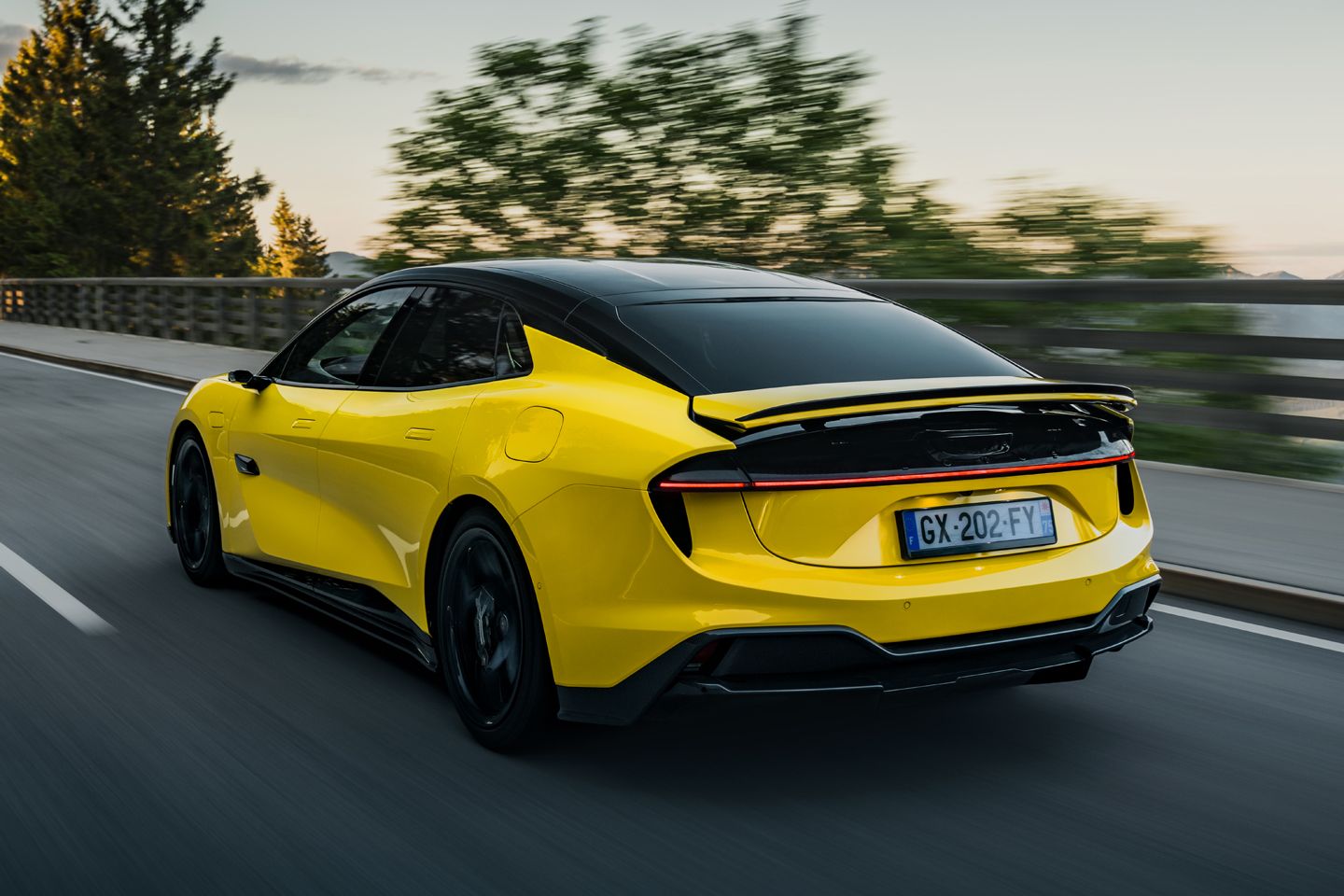
Certainly, it would have struggled to bring the same technological howitzer to bear. Like the Eletre, there are essentially two flavours of Emeya: the S with 612hp courtesy of two 306hp motors (one per axle) and the R with 918hp thanks to a much beefier 612hp motor at the back with a two-speed gearbox. Both feature multi-link suspension all round with dual-chamber air springs, but only the R gets rear-wheel steering and active anti-roll. The additional kit means it’s heavier by 100kg, yet also hugely quicker - 0-62mph takes 2.8 seconds compared to 4.2 seconds in the S.
This does not make it hugely better. Quite the opposite. While it is predictably easy to drive in all the ways you might expect, the R also encompasses many of the traits you'd prefer not to encounter in an electric Lotus, being overpowered, overwrought and too often underwhelming. Nothing about it is irredeemably wrong, but none of its attributes hang together in a way that could be called entirely right either. It has a firm grip on its mammoth output, of course, and changes direction abruptly enough for something so large - but there is precious little in the way of flow or finesse. It does not ride inconsiderately or steer poorly, yet it never settles into a satisfying groove either. Without much nuance, you tend to find yourself working at the controls. Then, being slightly at odds with it, you drive it blithely and think only about your destination.
It comes as little surprise to learn that Lotus developed the S first and then worked up to the R, doubtless hoping to challenge the likes of the 884hp Taycan Turbo. But it has none of the ground-hugging, dialled-in handling flair of that car. Instead, the big surprise, entirely unhoped for on the second morning of a two-day launch, was that the much more straightforward, lower-powered S proved far superior. Notable differences between trim levels are not unusual (not when hardware differences are factored in) but rarely are they this revelatory or immediate. The latent twitchiness and terse control surfaces of the R give way to something much more cultured and consistent.


In a straight line, the car’s volatility is inevitably lessened. But unless you’re intent on giving your passengers whiplash, the R has no real constructive outlet for 726lb ft of torque anyway. The 524lb ft available to the S is more than adequate for finding the 155mph limiter and the Emeya is no less stable when you get there. Everywhere else it is satisfying in all the ways the pumped-up R fails to be. It tries less hard. Without the intervention of the rear wheels or the ancillary suppression of body roll, the Emeya steers sweeter and rides more amicably. It feels pared back and better balanced, too. On the basis of it still weighing 2.5 tonnes it would be easy to overstate the significance of its lower kerbweight, but it does feel lighter. Probably its chassis just breathes better.
At any rate, the upshot is the same: you start to enjoy it more. Not in the batten-down-the-hatches way you might in a Taycan 4S or in the heady, regal thrum of an outgoing Bentley Flying Spur - or even in the way that you might if the Emeya pressed down a bit less hard on its contact patches - but enough that you carefully consider your inputs and the car’s thoughtful response to them. The neatly judged rate of turn and a deft sense of connection with the surface mean that fast A roads waft past, although it encourages you to lean into its stability and keen-edged delivery. Its capacity for carrying huge speed doesn’t necessarily satisfy the first bit of Lotus’s ‘hyper-GT’ description. But it has a very nice handle on the second.
This aptitude for grand touring is helped no end by its maker’s other claim to fame. It announced just last month that independent testing had decreed the Emeya exceptionally quick at recouping its battery charge - and so it proved in the real world. Perhaps not quite as brisk 10 to 80 per cent in 14 minutes, but undeniably swift enough via a 350kW-capable Ionity charger for it to make a coffee and bun stop seem frivolously long. Lotus was sufficiently confident in either model’s range (although it's worth noting the additional 66 miles the S coaxes from the same 102kWh battery) that it didn’t bother charging the cars overnight. Still not nearly as convenient as a 100-litre petrol tank, you might persuasively argue. But not crushingly inconvenient, either. Or not along a carefully planned route anyway.

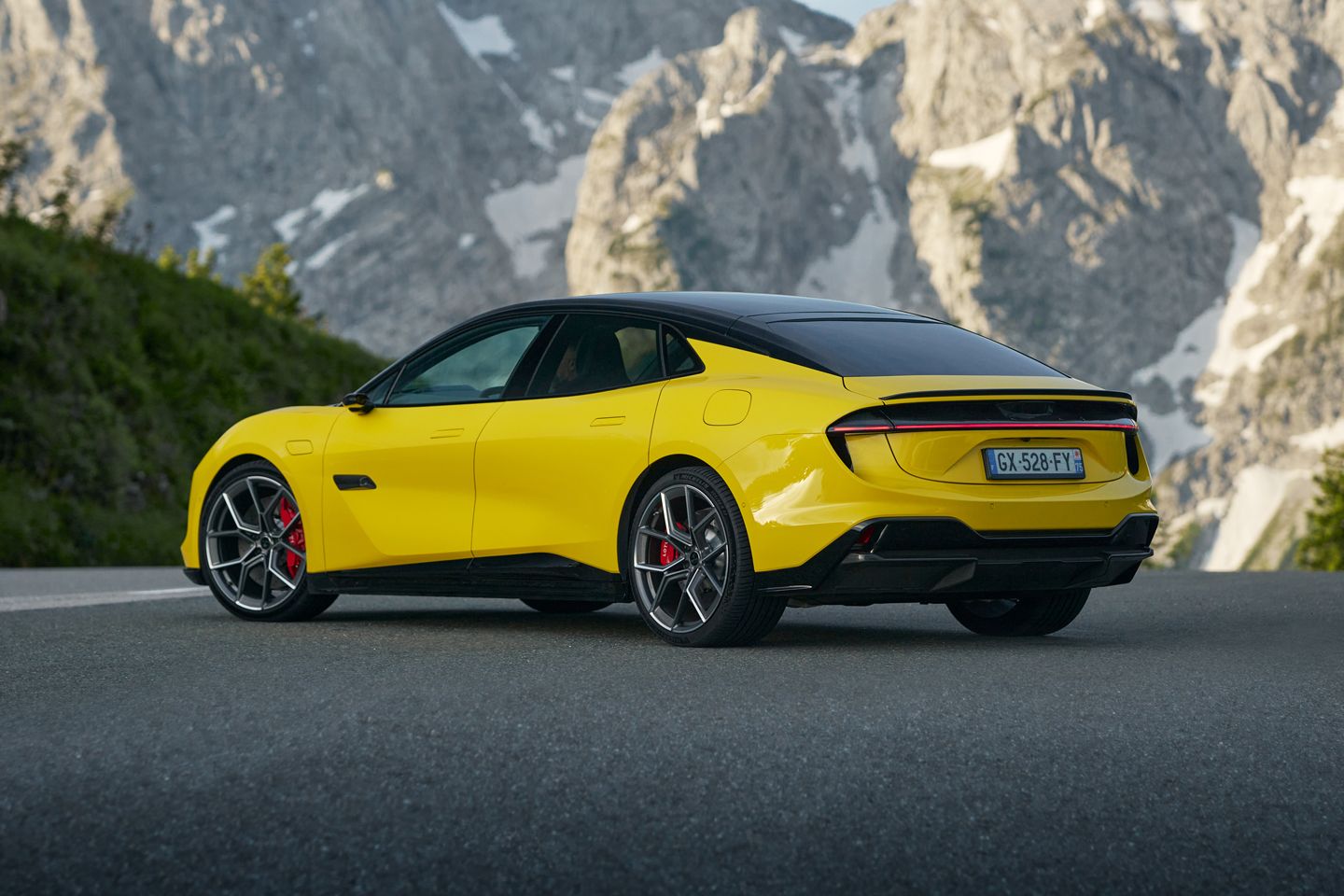
Moreover, it speaks volumes, I think, that when faced with the spirit-crushing prospect of cancelled flights home, the likelihood of driving an Emeya back to London from Munich was not just keenly discussed among those of us stranded, but actively tabled. Had Lotus had a spare car (it didn’t) we would have gladly taken it. Not just to swerve a 24-hour delay, but because the manufacturer has successfully delivered an EV with sufficient range, space, comfort, speed and recharge capacity to make such a journey conceivable. Agreeable, even.
Separate the Emeya from its badge, and that achievement ought to be lauded. The R is a forgettable attempt to tread on Porsche’s toes with a derivative that seems vaguely unsuited to the job, but the S - and by extension, the mechanically identical entry-level model - is a fine addition to the growing ranks of large, battery-powered luxury cars that want to be thought both highly refined and sleekly driveable. Especially from a manufacturer making what seems like a standing start, with its operation spread between a factory in China, an engineering hub in Germany and a commercial outpost in London. Had this been a more aggressively priced, Geely-branded hyper GT, the praise might have been even more fulsome. Or harder to qualify, at least.
Instead, the decision to go with a surrogate identity still makes for a double-edged sword. It is to the Emeya’s credit that it isn’t simply a pike to upend the verdict on - clearly, there is a lot here to like in the right spec, and if a mooted single-motor, rear-drive version, simpler and lighter and cheaper still were to emerge, Porsche might genuinely have reason to worry. Even as it stands, the starter grade Emeya, at £89,500, has plenty to recommend it when measured against a similarly basic 408hp Taycan. Ultimately though, it's still hard to square the Lotus name with such a large and lavish EV, not just for the car's understandable failure to live up to some of its long-cherished principles, but because a small corner of Norfolk continues to live and die by them. For as long as it does so, it is hard to imagine the firm's thinly-spread soul thriving anywhere else.
Specification | Lotus Emeya R
Engine: Dual electric motors; one front, one rear
Transmission: Single-speed reduction (front), two-speed gearbox (rear)
Power (hp): 918 (306hp front; 612hp rear)
Torque (lb ft): 726
0-60mph: 2.8 seconds
Top speed: 159mph
Weight: 2590kg
CO2: NA
MPG: NA
WLTP range target: 270 miles
Price: £129,950
Specification | Lotus Emeya S
Engine: Dual electric motors; one front, one rear
Transmission: Single-speed
Power (hp): 612 (306hp front; 306hp rear)
Torque (lb ft): 524
0-60mph: 4.2 seconds
Top speed: 155mph
Weight: 2490kg
CO2: NA
MPG: NA
WLTP range target: 336 miles
Price: £101,950

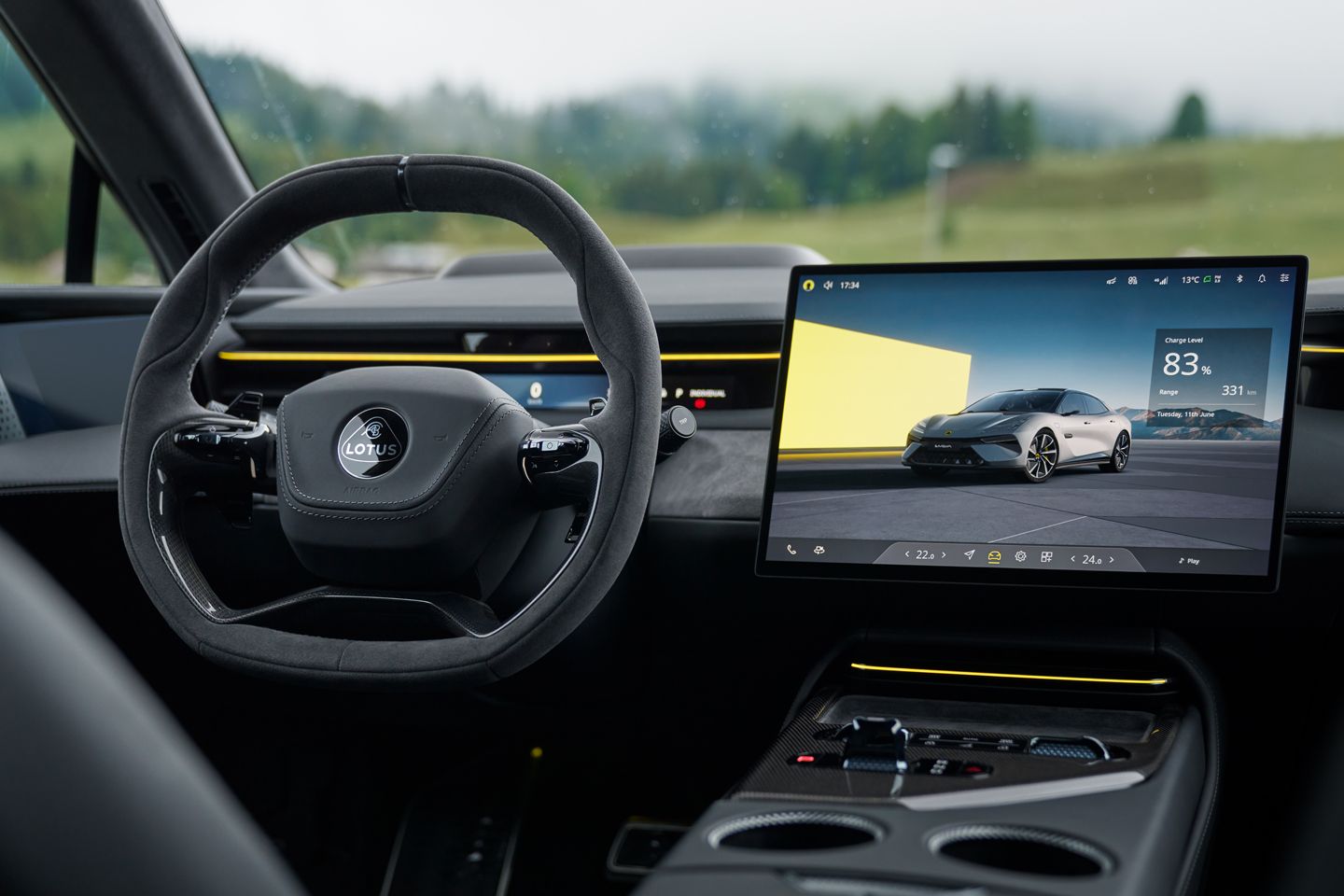

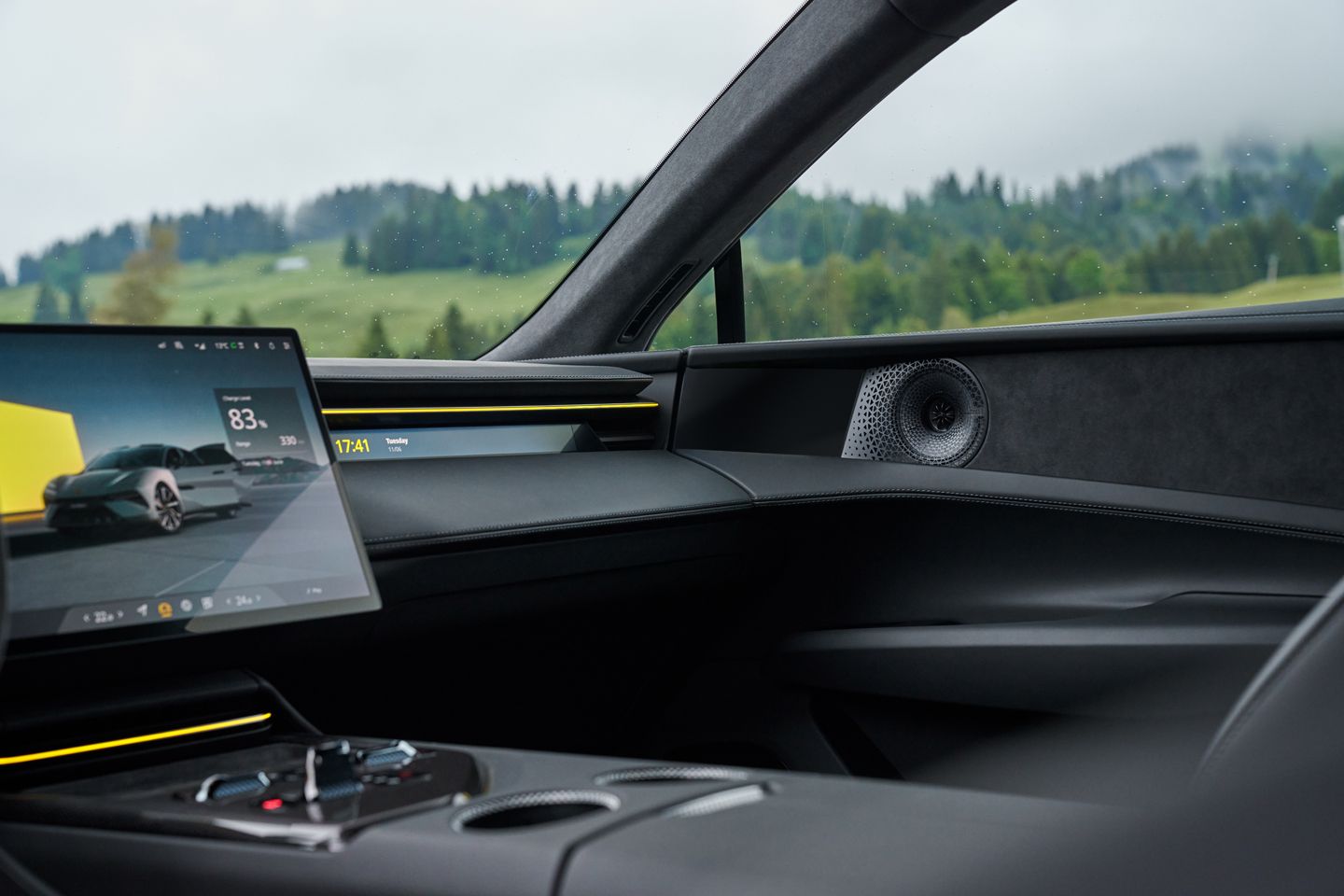
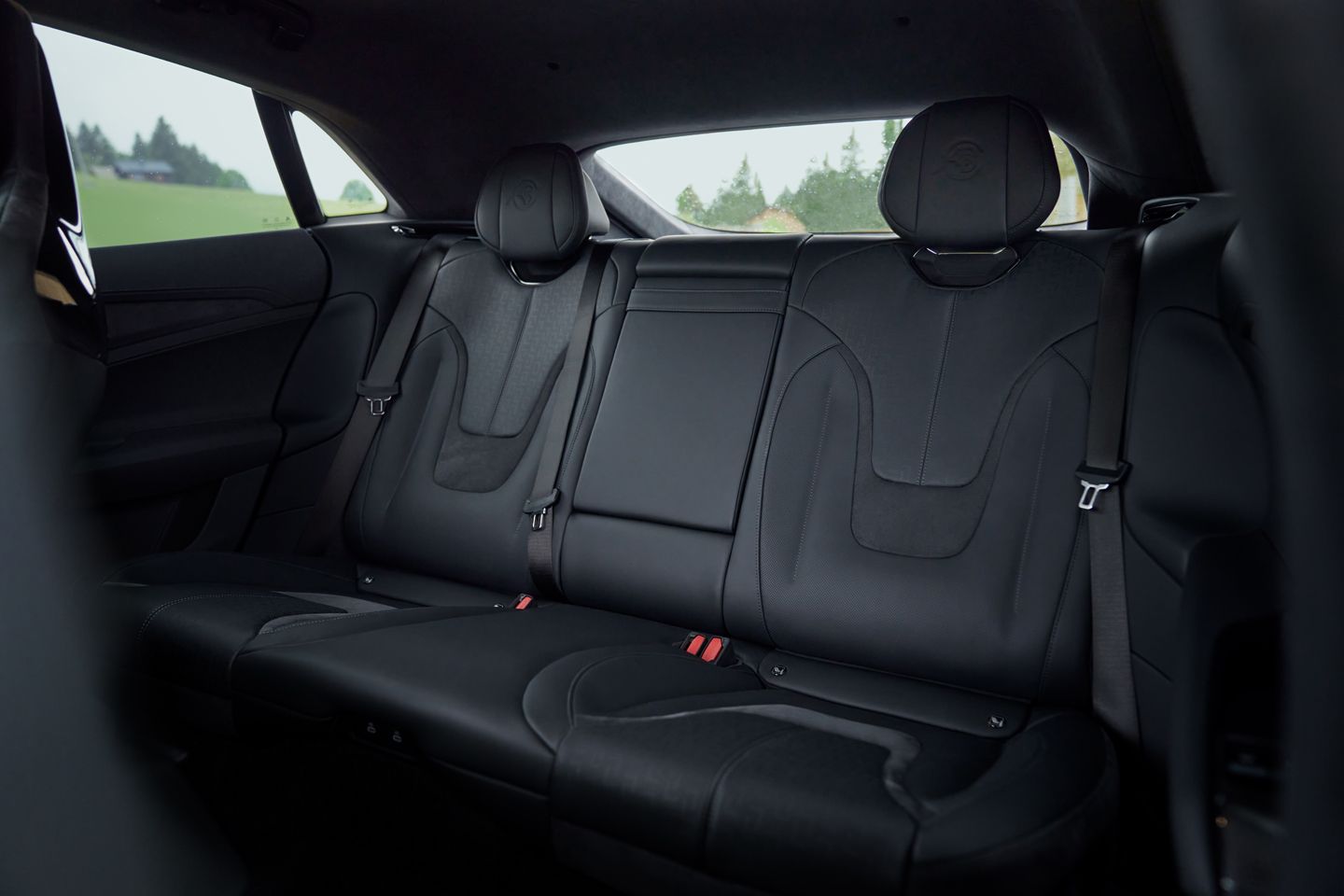
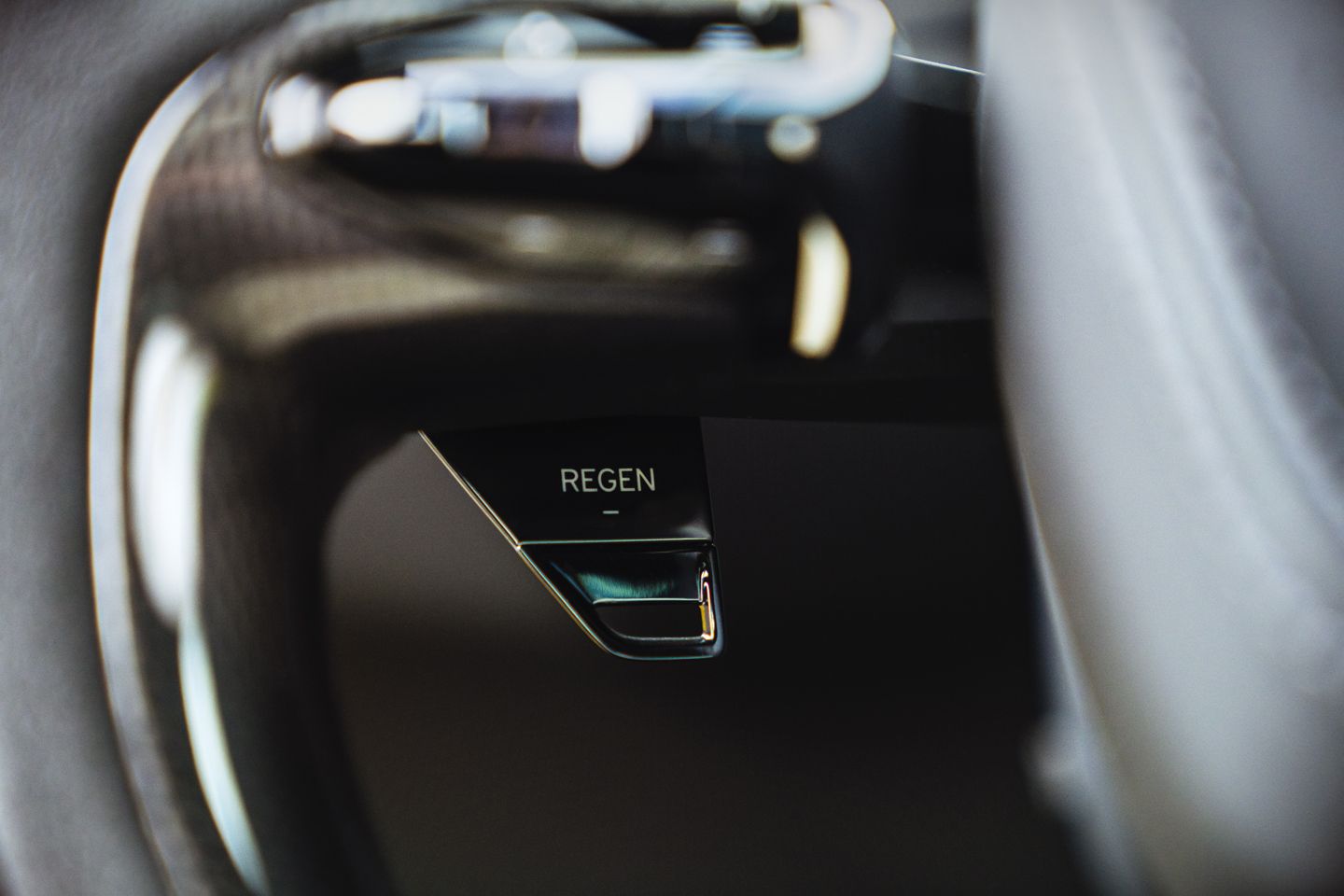
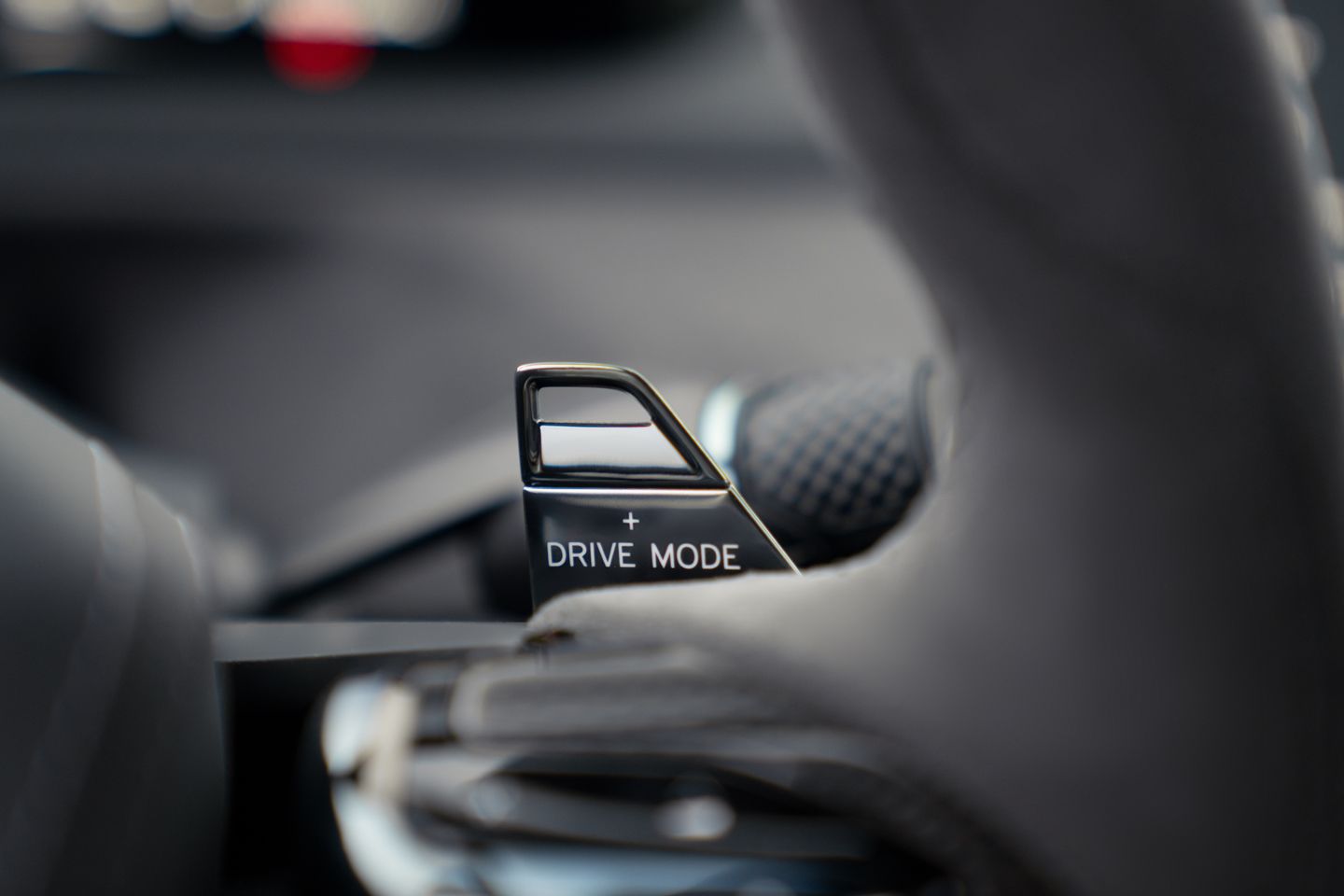
Gassing Station | General Gassing | Top of Page | What's New | My Stuff




